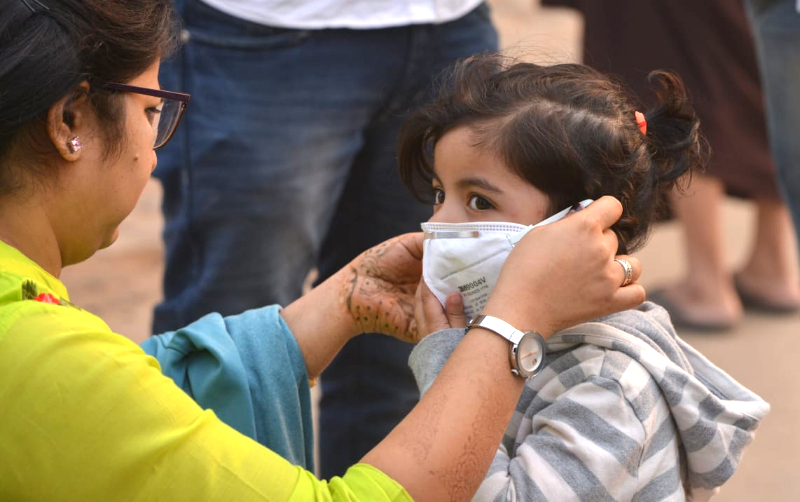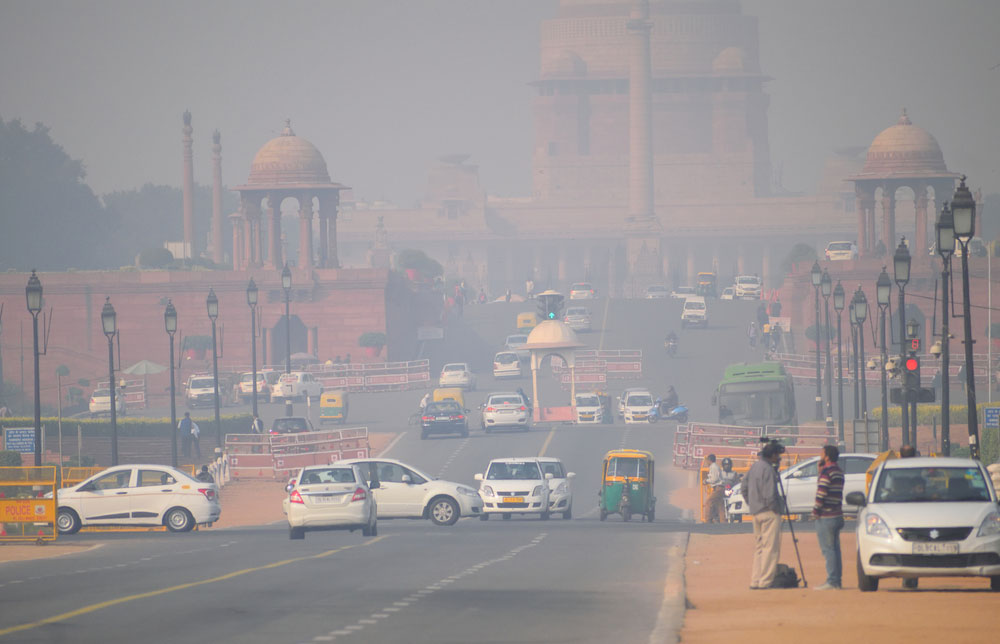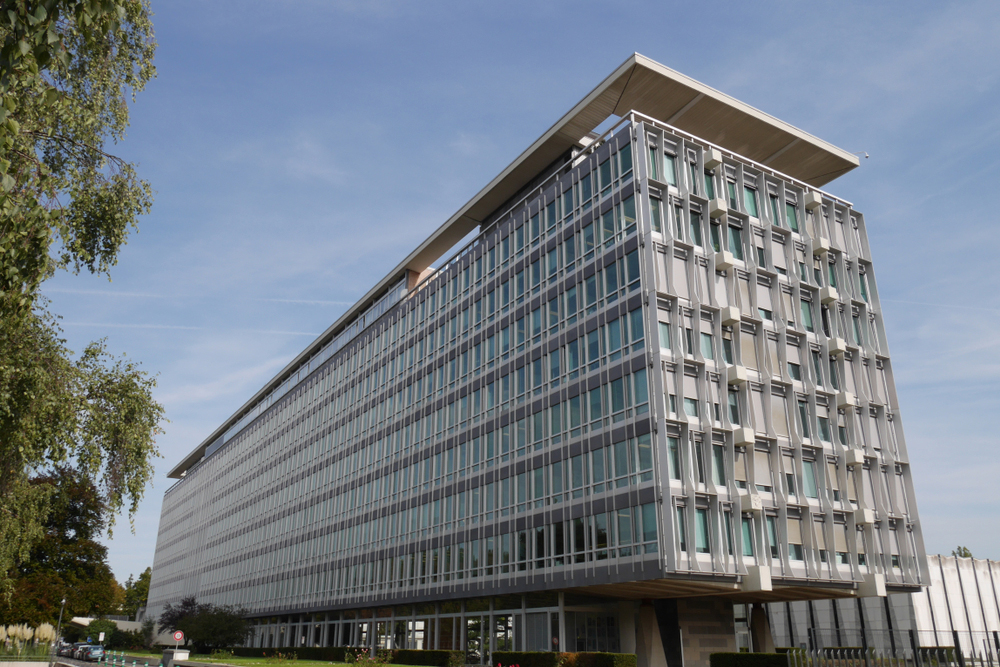A step forward in India is often accompanied by two steps back. This was evident in the contrasting pictures of the nation’s environmental health, especially with regard to air pollution, that were painted recently on two separate occasions. While the Union environment minister, Harsh Vardhan, claimed at the climate conference in Poland that the consequences of the increased use of renewable energy are now apparent in India — among other things, the sale of over 0.26 million electric vehicles has contributed to a reduction of carbon dioxide emission by 91 million in kilograms — a report published by Lancet revealed that air pollution caused the deaths of 1.2 million people in the country last year. The implications of such a massive death toll purely on account of air quality are manifold and troubling. The most obvious, however, is that relative progress on one front in the fight against air pollution — in this case, the greater use of renewable sources of energy — has resulted in complacency on others, as has been made clear by the report.
This, tellingly, amounts to ignoring the multi-layered nature of the problem of air pollution — a luxury that India can ill-afford — and also points to the political inertia that fuels such degradation. The Bharatiya Janata Party claims, as is evident from Mr Vardhan’s suggestion, that things are improving in India. But there is also deterioration. The usual contributors to pollution, such as industry emissions, construction activity, diesel generators and toxic fumes from transport vehicles, have now expanded to include the burning of agricultural stubble, which has now been recognized as a key cause for the rapidly worsening air quality. Given that the practice persists in spite of an apex court order to offer subsidized machinery to farmers and gram panchayats, it becomes clear that the problem is not merely one of implementation — it is also one of sensitization. Unless education and adequate awareness initiatives accompany governmental investments in combating air pollution, the health — and lives — of citizens shall continue to be at risk.













